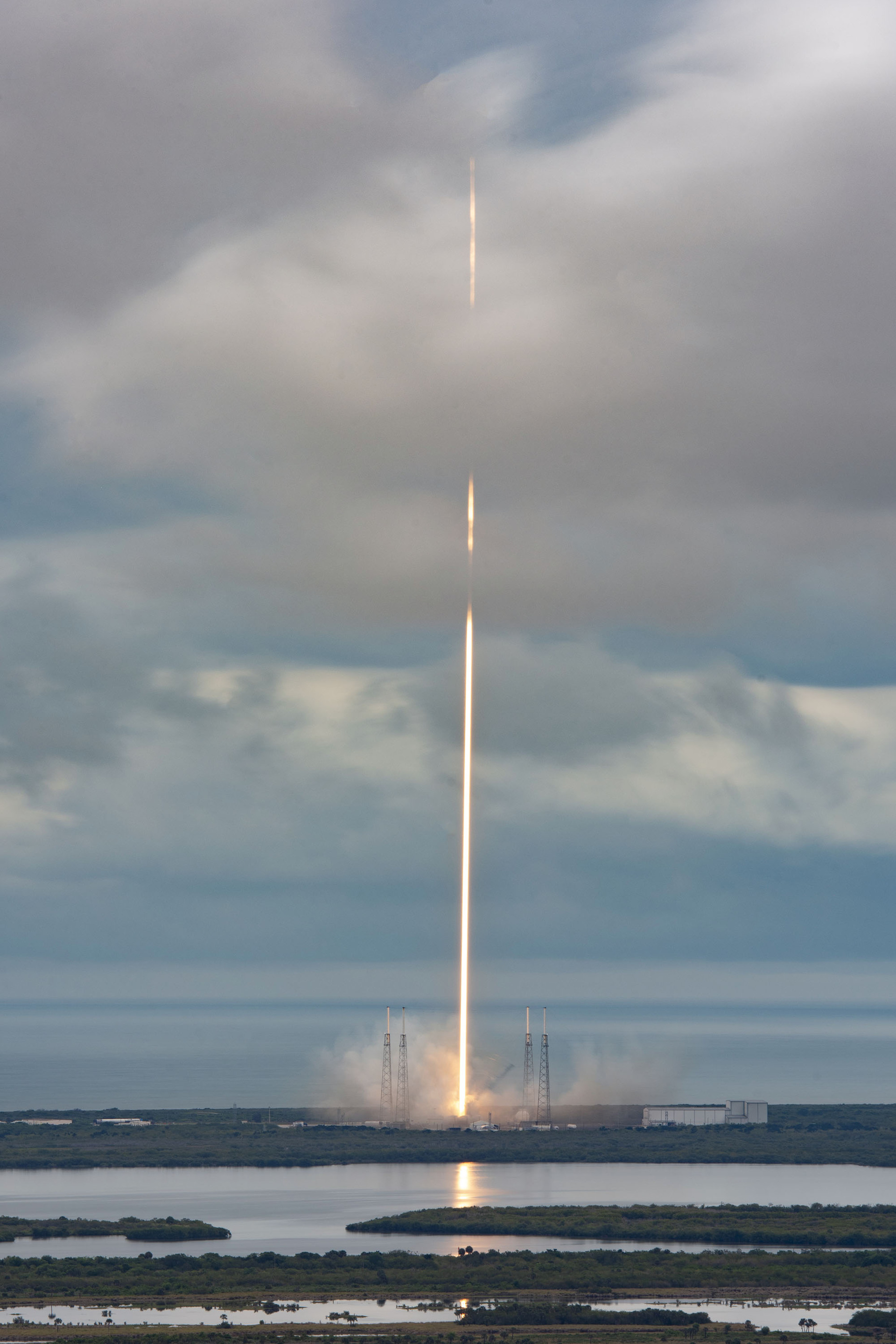Roadmap
PHASE 1 - COMMISSIONING
As soon as ION SCV005 Almighty Alexius reaches orbit, our spacecraft operations engineers establish a bidirectional communication channel. We then start the launch and early orbit phase (LEOP), neutralizing the rotation imparted by the launch vehicle during separation, correcting the attitude, testing the satellite’s subsystems, and preparing for the next phases.
PHASE 2 - COMMERCIAL PHASE, ORBITAL TRANSPORTATION
Once concluded the commissioning phase, ION SCV005 Almighty Alexius starts the commercial phase of the mission with the deployment of the hosted satellites into a 500km sun-synchronous orbit.
PHASE 3 - HOSTED PAYLOADS PHASE
Onboard Spacelust there is also a hosted payload is from Upmosphere, an Italian start-up specializing in emotional payloads. The company offers customers a chance to launch smaller personal items that will travel around the Earth for several years aboard ION; the payload for this mission consists of a wooden UP-box containing mementos from four different clients.
PHASE 4 - DECOMMISSIONING
At the end of the mission, the platform joins the fleet of IONs already in orbit and is operated by the company. At the end of its life, the spacecraft is decommissioned in compliance with the Space Debris Mitigation guidelines. The pressure vessels are depleted from leftover fuel and oxidizer, the battery charging system is deactivated, and the batteries are completely discharged. The spacecraft, now inert, enters a decommissioning trajectory that will bring it to burn up upon atmospheric re-entry within a few years.
Other missions
We Need More Space, November 2025

Ride With Me, November 2025

Skytrail, June 2025

Space Bound, June 2025

Wish Upon a Star, March 2025

Endless Sky, January 2025

Ascend, January 2025

Celestial Bliss, August 2024

Beyond, December 2023

Cosmic Wander, November 2023

Above the Sky, June 2023

Guardian, April 2023

Starfield, January 2023

Second Star to the Right, January 2023

Infinite Blue, May 2022

Dashing Through The Stars, January 2022

Wild Ride, June 2021

Pulse, January 2021

Origin, September 2020



